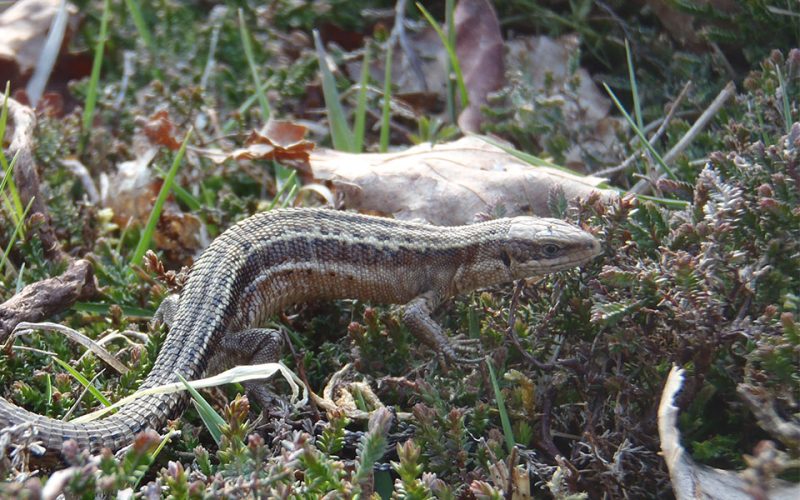Tesco were looking to develop a site in Ammanford in West Wales in order to allow their adjacent store to be extended. An initial ecological investigation of the site identified the presence of a slow worm population, bird nesting habitat and Japanese knotweed.
Purpose
Resolution of these issues was enforced, captured in pre-commencement planning conditions. In isolation each of these issues can be readily addressed. However the combination of the three site conditions led to a complex development problem requiring careful consideration to ensure adherence to best practice, avoiding breaching ecology regulations and still allowing construction on the site to be commenced within a tight timeframe.
Outline / Scope of Works
Delta-Simons devised a time scale for the project so that all three issues could be dealt with in sequence in accordance with the specific seasonality constraints. The first task was to prepare a method statement for the statutory bodies including the Countryside Council for Wales.
Agreement was also reached with a local county Wildlife Trust to allow the release of any reptiles collected from the site to a nearby nature reserve. The method statement included the timescales and the proposed working methods and had to be precise at several key project stages in order to adhere to ecology survey, nesting and translocation requirements. The site work commenced with the careful removal of the bird nesting habitat before the bird nesting season started.
This had to be achieved without damaging the ground which was home to hibernating slow worms and carefully avoiding strands of Japanese knotweed preventing its spread across the site.
In order to address the slow worm translocation, a reptile management fence was constructed around part of the site to prevent slow worms entering the site from neighbouring areas of suitable slow worm habitat. Our team undertook several days of reptile trapping using specially developed mats. Following the completion of trapping the whole site was carefully examined using hand tools in a final check for reptiles.
Finally, the Japanese knotweed issue was addressed. Having earlier identified that the knotweed was encroaching the site from an adjacent property, and also that the treatment by the vendor was proving unsuccessful, a comprehensive and rapid eradication system was designed. This included the excavation and on-site screening and treatment of impacted soils coupled with the installation of a root barrier on the boundary with the affected adjacent property.
Outcome
A complex multiple-issue problem was addressed in a systematic and comprehensive manner, adhering to the legal and best practice ecology requirements, managing waste legislation issues and achieving a cost effective and timely solution for the client. The methodologies employed were approved at each stage to ensure that the requirements under the planning conditions were fully addressed, enabling the development to proceed as planned.


























